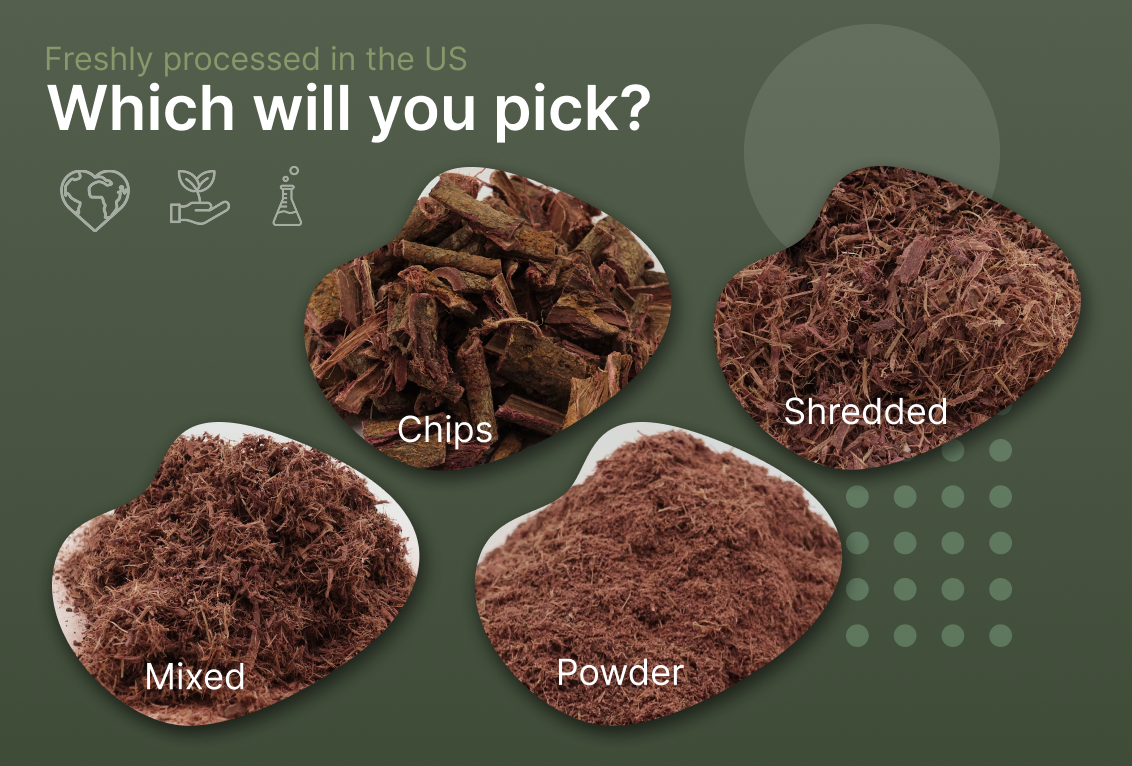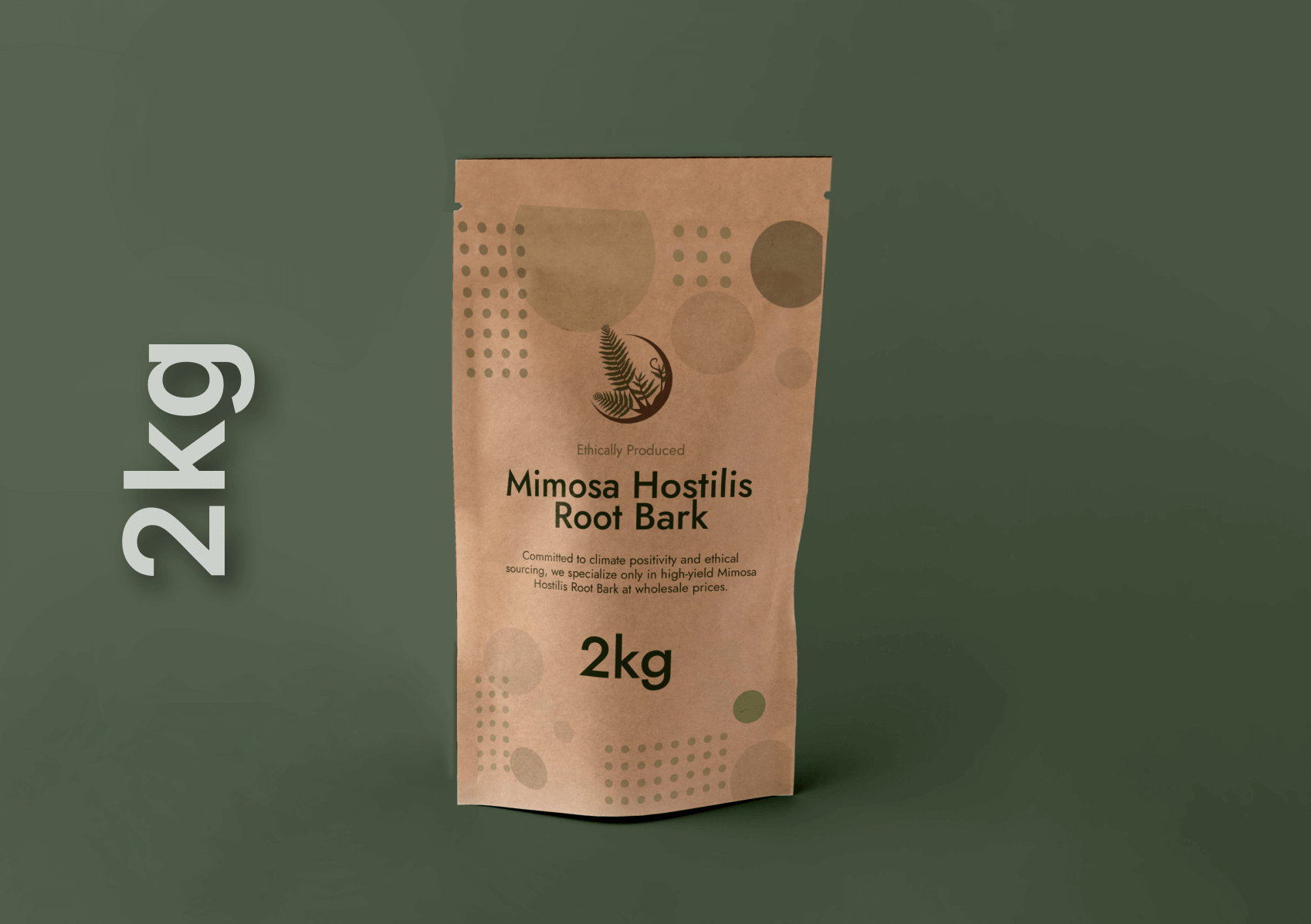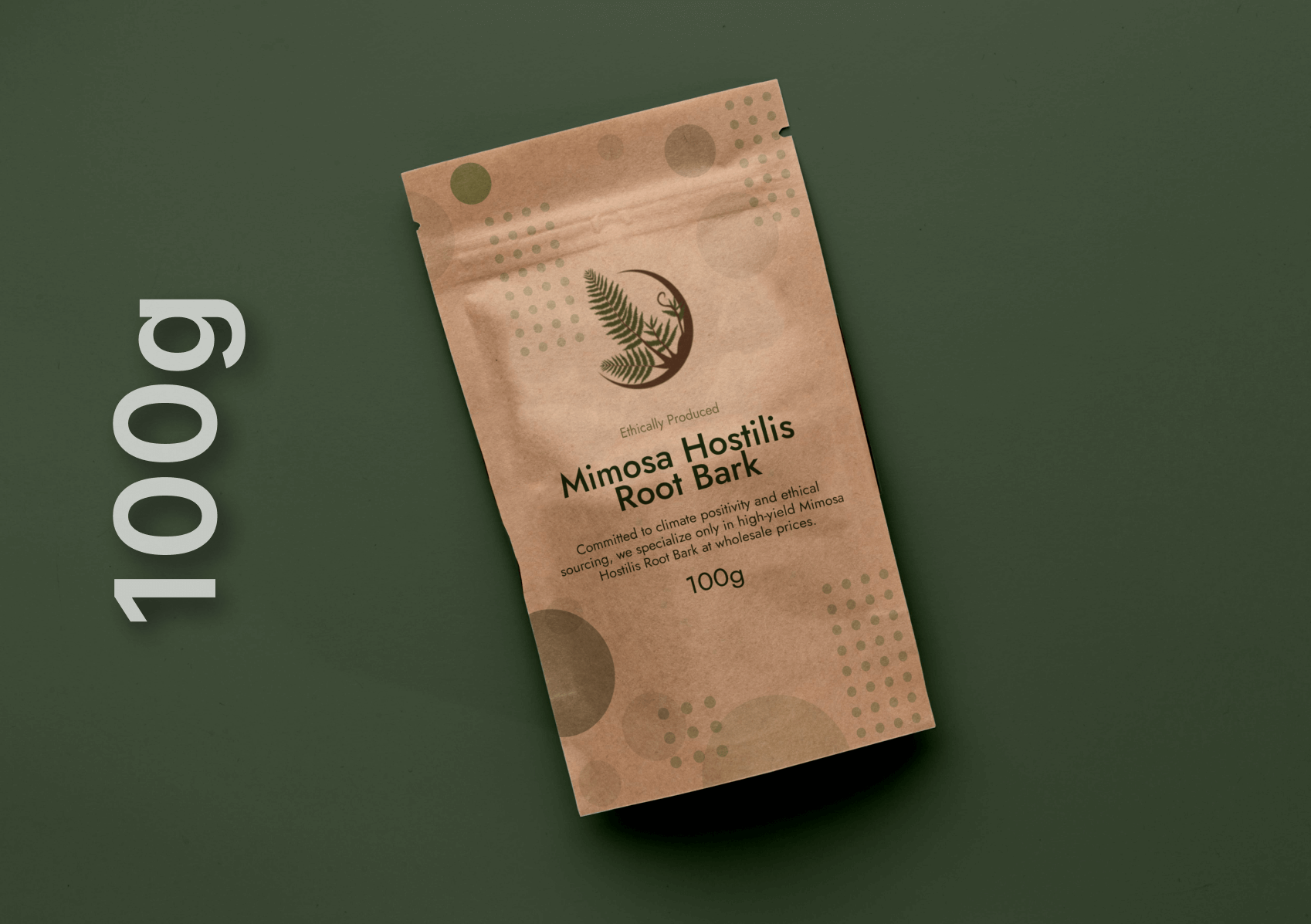Tepezcohuite, derived from the bark of Mimosa tenuiflora, has long been regarded as a powerful skin-repair botanical used in traditional practices throughout Mexico and South America. Modern research increasingly supports its high content of phenolics, tannins, proanthocyanidins, flavonoids, and saponins, all of which contribute to measurable antioxidant, anti-inflammatory and tissue-regenerative properties. These attributes are directly relevant to anti-aging formulations seeking to improve skin resilience, enhance barrier repair, reduce visible signs of aging, and support dermal structure against environmental damage. As contemporary cosmetic science investigates botanical alternatives with proven bioactivity, tepezcohuite stands out as a plant extract with notable potential for advanced skincare applications.
Background and Traditional Use
For centuries, tepezcohuite has been used as a natural remedy for skin injuries, burns, ulcers and various forms of irritation. Its longstanding reputation as a healing bark stems from traditional medicine systems that valued its ability to soothe damaged tissue and accelerate recovery. These historical uses laid the foundation for modern interest in its role as a potent skin-regenerating ingredient. Over time, clinical observations began to align with traditional claims, particularly in its effectiveness for supporting wound closure and promoting healthy skin regeneration. This dual heritage—traditional practice combined with emerging evidence—positions tepezcohuite as a compelling botanical for anti-aging research.
Key Phytochemicals and Their Anti-Aging Relevance
The bark of Mimosa tenuiflora has been shown to contain a rich spectrum of bioactive compounds. High levels of tannins and proanthocyanidins deliver strong free-radical-scavenging activity that helps protect structural proteins such as collagen and elastin from oxidative damage. Phenolic compounds and flavonoids further reinforce antioxidant capacity while contributing to the modulation of inflammation, which is essential for maintaining a healthy skin matrix. Additionally, triterpenoid saponins and various phytosterols add moisturizing and circulation-enhancing benefits that subtly improve skin texture and overall appearance. Collectively, these compounds create a multifaceted botanical extract capable of supporting several biological pathways tied to aging prevention and skin vitality.
Mechanisms Supporting Anti-Aging Objectives
Tepezcohuite’s anti-aging value stems from several interconnected mechanisms. Its strong antioxidant profile helps neutralize reactive oxygen species—byproducts of UV exposure, pollution, and metabolic stress—that contribute to collagen degradation and wrinkle formation. The extract’s documented ability to support tissue repair enhances natural dermal regeneration processes, an essential factor in maintaining firmness and elasticity. By modulating inflammation, tepezcohuite helps limit the breakdown of collagen fibers often triggered by chronic low-level irritation or environmental exposure. The presence of saponins and phytosterols may also promote better hydration and improved microcirculation, both of which contribute to smoother, more luminous skin.
Clinical and Experimental Evidence
Although research is still developing, existing studies provide promising insights. Controlled clinical evaluations of tepezcohuite’s extract have demonstrated its usefulness in facilitating recovery from conditions such as venous leg ulcers. These findings highlight its ability to influence tissue repair at a structural level, which holds clear relevance to anti-aging applications where dermal remodeling is key. Experimental work involving cellular and animal models consistently shows antioxidant and anti-inflammatory activity, reinforcing its mechanistic relevance to skin health. While more human cosmetic trials are needed to quantify its direct effects on wrinkle reduction or collagen regeneration, available research strongly supports its therapeutic potential.
Formulation Considerations for Skincare Developers
When incorporating tepezcohuite into skincare products, it is beneficial to use standardized extracts with measurable levels of total phenolics or other marker compounds to ensure consistency and potency. Because many active constituents are water- or hydroalcohol-soluble, formulators may choose advanced delivery systems such as liposomes, nanoemulsions or encapsulation technologies to increase skin penetration and enhance stability. Combining tepezcohuite with synergistic ingredients—such as hyaluronic acid for hydration or peptides for collagen signaling—can strengthen product performance. Since polyphenols are sensitive to oxidation, formulations must emphasize proper stabilization and packaging to preserve efficacy.
Intellectual Property and Commercial Landscape
Interest in tepezcohuite has grown considerably within the cosmetic industry, leading to a variety of patents and proprietary formulas that highlight its potential for anti-aging and skin-regenerative uses. These innovations underscore its commercial viability and its appeal as a natural alternative to synthetic actives. Brands exploring this botanical may benefit from developing unique extraction methods, standardized profiles or delivery techniques to differentiate their products while navigating existing intellectual property protections.
Safety and Regulatory Insights
Topical use of tepezcohuite is generally well tolerated, making it suitable for a wide range of skincare formulations. Nonetheless, as with any botanical, individuals with sensitive skin may experience mild irritation, so patch testing is recommended. There is limited research regarding internal use, and formulations should be clearly labeled for external application only. Regulatory bodies increasingly emphasize evidence-based claims, so descriptions of tepezcohuite’s benefits should align with existing clinical and preclinical data rather than exaggerated promises.
Practical Recommendations for Marketing and R&D
Brands and developers should highlight tepezcohuite’s established role in skin repair along with its validated antioxidant and anti-inflammatory actions. Positioning the extract as a support ingredient for skin resilience, recovery and protection allows for credible anti-aging messaging grounded in real evidence. Companies seeking to elevate product claims may consider conducting small-scale cosmetic studies to demonstrate improvements in hydration, elasticity, fine lines or barrier function. Such data can transform a traditional botanical into a scientifically substantiated skincare asset.
Conclusion
Tepezcohuite, with its rich blend of phenolics, tannins, flavonoids and saponins, offers a powerful natural approach to anti-aging skincare. Its ability to neutralize oxidative stress, calm inflammation and support tissue regeneration places it among the most promising botanicals for enhancing skin vitality and resilience. While additional cosmetic-specific clinical trials would strengthen the evidence base, existing data from wound-healing research and extensive laboratory studies provide strong scientific footing for its use in premium skincare formulations. With thoughtful formulation, standardized extraction and responsible marketing, tepezcohuite can serve as a high-value ingredient for brands seeking natural yet scientifically grounded anti-aging solutions.
FAQ’s
What is tepezcohuite and why is it used in skincare?
Tepezcohuite is the bark extract of Mimosa tenuiflora, a plant traditionally used for skin repair and wound healing. In modern skincare, it is valued for its strong antioxidant and anti-inflammatory properties, which help protect the skin from environmental damage while supporting natural regeneration processes that contribute to a more youthful appearance.
How does tepezcohuite help with visible signs of aging?
Tepezcohuite contains phenolics, tannins and proanthocyanidins that neutralize free radicals responsible for breaking down collagen and elastin. By protecting these structural proteins and calming chronic inflammation, it helps maintain firmness, smoothness and elasticity, reducing the appearance of fine lines and supporting a healthier skin texture.
Is tepezcohuite safe for all skin types?
Most people tolerate tepezcohuite well when used topically, but individuals with sensitive or reactive skin should perform a patch test first. Its high content of natural tannins may occasionally cause mild irritation in those prone to sensitivity, so gradual introduction into a routine is advisable.
Can tepezcohuite be combined with other skincare ingredients?
Yes, tepezcohuite pairs effectively with hydrating agents like hyaluronic acid, barrier-supporting lipids and collagen-boosting peptides. These combinations enhance the overall results by addressing multiple aspects of skin aging, including hydration, firmness and barrier resilience. Using it alongside daily sun protection further strengthens its anti-aging benefits.
How long does it take to see results from tepezcohuite-based products?
Visible improvements depend on formulation strength and individual skin conditions, but many users notice enhanced softness, smoother texture and more even tone within several weeks of consistent use. Because tepezcohuite supports gradual repair and antioxidant protection, long-term use typically yields the most noticeable anti-aging effects.




